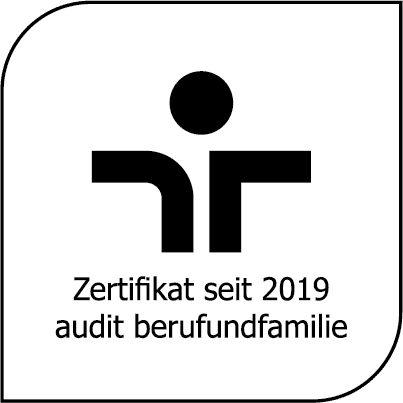Test instruments sorted
Contact person for the Open Test Archive
Gülay Karadere (Dipl.-Psych.)
Research Associate
guek@leibniz-psychology.org
SESTD
Satzergänzungstest zu Einstellungen zu Sterben, Tod und Danach
Short abstract
The SESTD can be used to record attitudes towards the end of life, allowing the respondent a wide range of responses and thus enabling him to express his own thoughts, meanings and emotions in a projective manner. The method is particularly suitable for qualitative analyses, e.g. to find out whether different groups have different ideas and emotions about dying, death and afterwards. According to the three-component model of attitude (Katz & Stotland, 1959; Rosenberg & Hovland, 1963), cognitive, emotional and behavioural aspects are to be provoked. The sentence completion test was developed together with a questionnaire to answer the question of how people deal with the fact of their mortality, inevitable death and the "afterwards". The task is to complete 20 unfinished phrases that are ordered by the three areas of dying, death, and after. Reliability: No information. Validity: Content validity is given.
Leibniz Institute for Psychology (ZPID). (2019). Open Test Archive: SESTD. Satzergänzungstest zu Einstellungen zu Sterben, Tod und Danach. Available at: https://www.testarchiv.eu/en/test/9003495
Citation
Klug, A. (1999). SESTD. Satzergänzungstest zu Einstellungen zu Sterben, Tod und Danach [Verfahrensdokumentation und Fragebogen]. In Leibniz-Institut für Psychologie (ZPID) (Hrsg.), Open Test Archive. Trier: ZPID.
https://doi.org/10.23668/psycharchives.4747
Short information
Short Name SESTD
English Name Sentence Completion Test for Attitudes towards Dying, Death and the Hereafter
Authors Klug, A.
Published in Test archive 1999
Copyright/Licence Copyright Author; CC-BY-NC-ND 3.0
Language versions deu
Construct Three-component model of setting (Katz & Stotland, 1959; Rosenberg & Hovland, 1963)
Application age Adolescents and adults
Item number 20 items
Subscales (1) Dying, (2) Death, (3) "After"
Application Time 20-30 min.
Interpretation time 5 min.
No information.
Content validity
None.
Applications Research
Older versions
Version 1: https://doi.org/10.23668/psycharchives.321
There is no abstract in English available. Short information about the measure can be found under Overview. More can be found on the German pages.
There is no review in English available. Short information about the measure can be found under Overview. More can be found on the German pages.
First published in
Klug, A. (1997). Einstellungen zu Sterben, Tod und Danach. Aachen: Verlag Mainz.
Feedback form
Feedback on the use of a procedure from the Open Test Archive of the Leibniz Institute for Psychology (ZPID) to the test author(s)
Contact information
Dr. rer. nat Andreas Klug, Klug Paul + Partner Advanced Management Diagnostics, Angerstraße 25, D-45134 Essen

 Learn more about us!
Learn more about us! 
